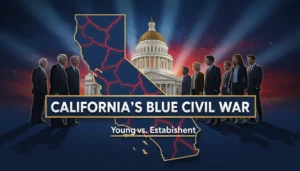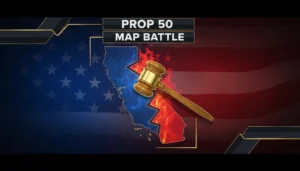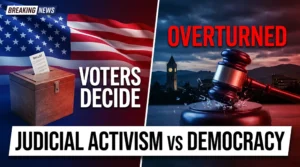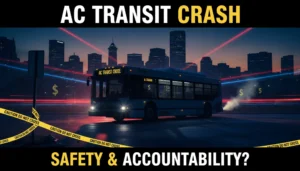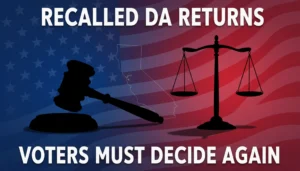California’s Glock Ban: Targeting Rights, Not Criminals
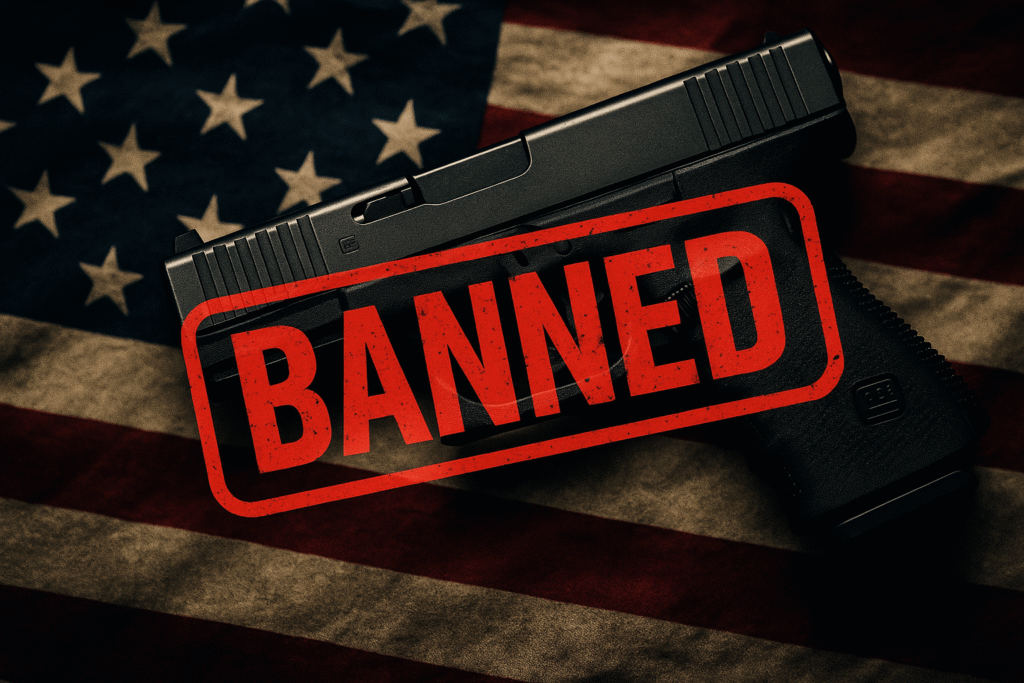

In the latest salvo of California’s long-running political war against gun ownership, a new legislative effort seeks to ban the sale of new Glock handguns that do not meet the state’s controversial microstamping requirements. Proponents claim this move is a logical step toward reducing gun violence. Yet, for conservatives, this legislation represents not only a direct assault on Second Amendment rights, but also a case study in bureaucratic overreach, technological impracticality, and misplaced priorities. As the debate heats up, it’s vital to examine how such policies undermine lawful gun ownership, erode personal freedoms, and ultimately do little to address the root causes of crime.
Background: California’s Microstamping Law
California’s microstamping law, passed in 2007, requires that all new models of semiautomatic pistols sold in the state imprint a unique microscopic code onto each cartridge case when the gun is fired. The stated purpose is to make it easier for law enforcement to trace spent shell casings to the firearm’s point of sale, thereby solving more gun crimes.
However, the technology is unproven, expensive, and—according to many firearms experts and manufacturers—simply unworkable at scale. In reality, not a single new semiautomatic pistol model has been introduced for sale in California since the law was implemented. Manufacturers, including Glock, say they cannot comply with the requirement because microstamping is unreliable, can be easily defeated, and increases production costs dramatically. As a result, California’s “approved roster” of handguns has steadily shrunk, depriving law-abiding citizens of modern, safe, and reliable firearms.
The New Ban: What’s at Stake?
The latest bill, which specifically targets the sale of new Glock handguns, doubles down on this failed model. It would prohibit the sale of any new Glock that does not meet the microstamping mandate. Given that virtually no Glock handguns comply, this amounts to a de facto ban on Glock’s newest and most popular models—firearms chosen by millions of Americans, including law enforcement officers, for their reliability and safety.
From a conservative standpoint, the legislative intent is clear: this is not about safety, but about restricting access to firearms by any means necessary. If the microstamping requirement is technologically impossible to meet, then banning non-compliant guns is simply a roundabout way to eliminate them from the market. It’s an end-run around the Second Amendment, cloaked in the language of “public safety.”
Constitutional Concerns
For conservatives, the right to keep and bear arms is not a privilege to be granted or revoked at the whim of state politicians—it is a fundamental constitutional right. The Supreme Court has repeatedly affirmed the individual right to own firearms for self-defense, most notably in District of Columbia v. Heller (2008) and McDonald v. Chicago (2010).
California’s aggressive regulatory regime, culminating in this Glock ban, is an affront to those rulings. By creating technological hurdles that are impossible to clear, the state is engaging in what is effectively a backdoor ban. This tactic is not limited to handguns: California has long pursued similar strategies with so-called “assault weapons,” magazine capacities, ammunition sales, and more. The cumulative effect is to make lawful gun ownership so burdensome, expensive, and confusing that many citizens are effectively disarmed.
Law Enforcement Irony
One of the greatest ironies of the proposed ban is its effect on law enforcement. Glock pistols are the sidearm of choice for a majority of American police officers, including those in California. They are trusted for their reliability, simplicity, and safety features. Yet under this law, civilians would be denied access to the very same firearms that police officers rely on to protect themselves and the public.
Conservatives rightly question why ordinary citizens, who bear the same risks from violent crime as police officers (and often face longer response times), should be forced to settle for older, less reliable, or outdated firearms. This double standard is fundamentally unjust and betrays a deep distrust of citizens’ ability to exercise their rights responsibly.
Technological Reality: Microstamping Doesn’t Work
The microstamping requirement itself is a classic example of legislators mandating a technology they do not understand. Microstamping relies on tiny, laser-engraved codes on a gun’s firing pin or breech face. In theory, every time the gun is fired, this code is imprinted on the cartridge case, which can then be recovered at a crime scene and traced to the firearm.
Yet in practice, the system is riddled with flaws:
- Easily Defeated: The microstamped surface can be quickly filed off or replaced by anyone with basic tools, rendering the system useless.
- Wear and Tear: Normal use of the firearm causes the microstamp to fade or become unreadable.
- Parts Interchangeability: Many gun parts, like firing pins, are interchangeable. Criminals can swap them out, severing any link to the original gun.
- No National Standard: Criminals can simply use firearms from other states, which do not have microstamping.
- No Impact on Crime: There is no credible evidence that microstamping has solved or prevented any crimes in California or anywhere else.
In summary, microstamping is a “feel good” policy that burdens law-abiding citizens while doing nothing to deter criminals—who, by definition, do not obey gun laws.
The Real Impact: Disarming the Law-Abiding
The true effect of California’s gun control regime, and the Glock ban in particular, will be to disarm citizens who follow the law. As the roster of approved handguns shrinks, buyers are left with fewer and older options. This is especially concerning for those seeking firearms for self-defense, particularly women, the elderly, and residents of high-crime areas.
Meanwhile, criminals will continue to ignore microstamping laws, just as they ignore laws against robbery, assault, and murder. A black market for non-compliant firearms will thrive, as it already does in states with heavy gun restrictions. The net result is to make communities less safe, not more.
Misplaced Priorities
California faces real, urgent challenges: homelessness, skyrocketing housing costs, rampant drug abuse, and a spiraling crime rate in many cities. Yet rather than address these root causes of violence and disorder, the state’s political leadership has chosen to focus its energy on symbolic gun control measures.
This is more than just bad policy—it’s a deliberate distraction from failed governance. Instead of empowering citizens to protect themselves, or supporting police with the tools and resources they need, Sacramento’s lawmakers prefer to pass laws that look good in headlines but accomplish little in reality.
Alternatives: What Actually Works
Conservatives believe that effective crime reduction requires going after criminals, not law-abiding gun owners. Policies that actually work include:
- Aggressive enforcement of existing laws: Targeting felons and violent offenders, not creating new burdens for responsible citizens.
- Prosecuting gun crimes: Ensuring that those who use firearms in the commission of a crime are swiftly and severely punished.
- Community policing and support: Building trust between law enforcement and neighborhoods, rather than demonizing police.
- Addressing root causes: Tackling homelessness, drug addiction, and mental illness through meaningful reform—not by scapegoating gun owners.
Conclusion
California’s proposed ban on new Glock handguns is a textbook case of misguided, ideologically driven policymaking. It is a measure that punishes the responsible, ignores the realities of crime, and undermines the constitutional rights of every citizen. For conservatives, the answer is clear: the solution to violence is not to make self-defense harder for good people, but to hold criminals accountable and restore order to our communities.
As this legislation moves forward, it is crucial for Californians—and all Americans—to stand up for their rights, demand evidence-based policies, and resist the steady erosion of their freedoms. The Second Amendment is not negotiable, and attempts to undermine it under the guise of “public safety” must be confronted wherever they arise.



